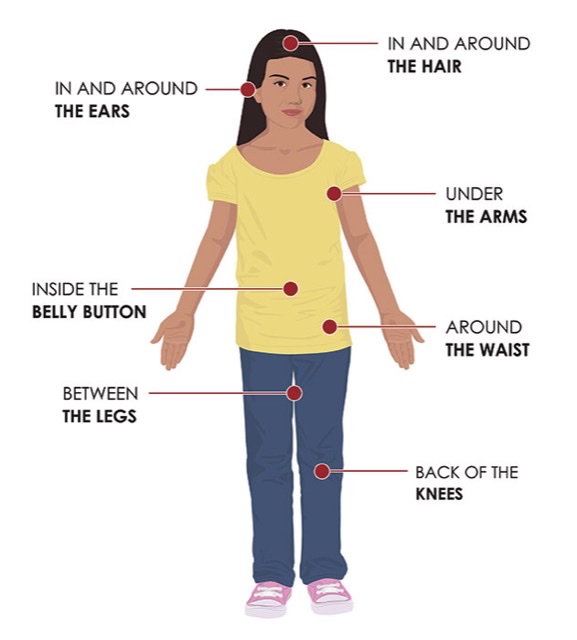Meigs Health Today: Ticks on the Rise, What You Need to Know

Female blacklegged deer ticks next to a penny. The ticks that transmit Lyme disease are much smaller than other ticks. File photo.

Meigs Health Today: Ticks on the Rise, What You Need to Know
ick numbers and tick-borne diseases are on the rise in Ohio. This trend is expected to continue for the foreseeable future. According to Tim McDermott at Ohio State University College of Food, Agricultural, and Environmental Sciences (CFAES), 20 years ago there was only one tick species in Ohio that caused medical concern, the American Dog tick. Today there are five, including the Blacklegged tick (also known as the Deer tick), Lone Star tick, Asian Longhorned tick, and the Gulf Coast tick. Their diseases include Rocky Mountain Spotted Fever, Lyme disease, Human Granulocytic Anaplasmosis, Human Monocytic Ehrlichiosis, Tularemia, and Babesiosis among others. The increase in prevalence is due to expanding habitat, which is attributed to climate change.
Now that more of these critters are amongst us, we need to be more vigilant in preventing them from spreading their diseases. The first and most obvious thing to do is check yourself and your kids daily, especially if you have been doing outside activities. As a kid my mom checked us every night after bath.
This is imperative. Many tick diseases take time to transmit, so if the tick is removed in a relatively short period of time, the likelihood of contracting an illness is lower.
Prevention is the best strategy. Keep lawns and fields mowed. Avoid allowing brush or leaf litter to accumulate. Discourage wild animals from coming into your yard, the animals are how ticks move from place to place. Wear light colored clothing and keep pants tucked into socks or boots while hiking or
working outdoors. Use chemical repellants when necessary, following the label directions carefully.

If you find an attached tick, it may be a good idea to keep it in a container with a drop of alcohol or hand sanitizer. Write down the date you removed it and the day you think it was probably picked up. Keep the tick and the information for a month. Then, if you do develop symptoms, the tick can be identified and
possibly tested to see if it was carrying any particular disease. Another option is to take good pictures of the tick with your cell phone. Be sure to use good light and get good shots of the mouth parts, as well as the whole tick. These pictures can help with identification and the date stamp on the pic is a reminder of when it was removed. Preserving the tick for later identification is more important for those who are immune compromised; such as the elderly, very young, and those with preexisting medical concerns. Ticks can also be brought to the health department for identification; however, we cannot arrange for disease testing.
Symptoms of tick-borne diseases include:
- fever or chills
- rash
- a bullseye or halo around the bite site
- nausea or vomiting
- headache
- body aches
- joint pain
- tiredness
- swollen lymph nodes
If you develop these symptoms within 30 days after removing a tick, seek medical care. If you have the tick saved in a sealed bag/container, bring it to your appointment.
For more information on ticks in Ohio, or the diseases associated with them, explore the Zoonosis page of the Ohio Department of Health website, the Animal Health page of Ohio Department of Agriculture website, or the tick page of Ohio State University Extension. These web addresses are ODH.Ohio.gov, Agri.ohio.gov, and Ohioline.osu.edu, respectively.










